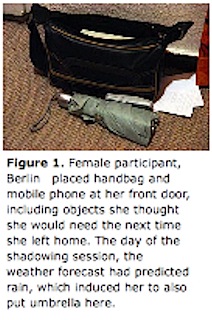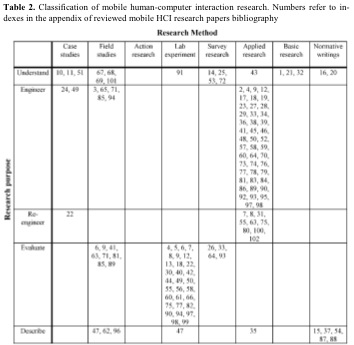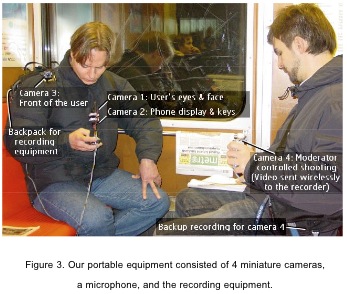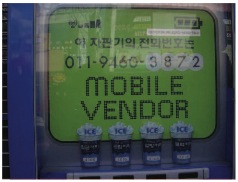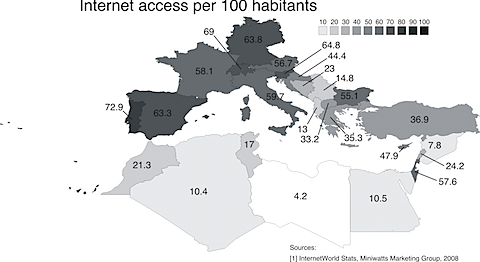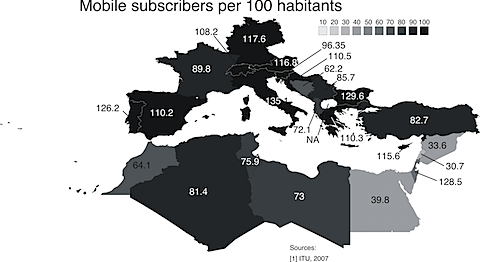Chipchase, J., Persson, P., Piippo, P., Aarras, M., and Yamamoto, T. (2005). Mobile essentials: field study and concepting. In DUX ’05: Proceedings of the 2005 conference on Designing for User eXperience, page 57, New York, NY, USA. AIGA: American Institute of Graphic Arts. [PDF]
————
This paper dscribe a field study of Mobile essentials, which the authors define as the objects most people consider essisntial and carry most of the time whilst out and about. They conducted ‘shadowing’ observations in four different cities in different countries. The research team spent one day with each of the 17 subjects. First they followed the individual during 3-6 hours then withdrew for a couple of hours to adapt predefined questions, and finally interviewed the participant.
They found that three objects can be considered essentials irrespective of culture or genger: keys, cashm and phone. Then they identified nine categories of peripheral MEs: travel support, identification, medical, addition, emotional & spiritual, appearence, entertainement, contact & other information, and payment.
They also identified a number of general strategies people adopt to support carrying: containment, for instance, reduces the mental and physical workload of bringing and remembering multiple MEs. Also connectors cluster small-scale objects (e.g., keychains).
They observed a number of interesting phenomena, like the distance and position of ME objects in relation to the user, defined as range of distribution. E.g., in public transport MEs are kept within line of sight. They also found that MEs are usually forgot because they are not left in the immediate line of sight during the transition phase (e.g., leaving home for work). The primary strategy that people use to stay alert during a transition phase is called the point of reflection, involving the user pausing other activities in order to be able to reflect on what to bring.
